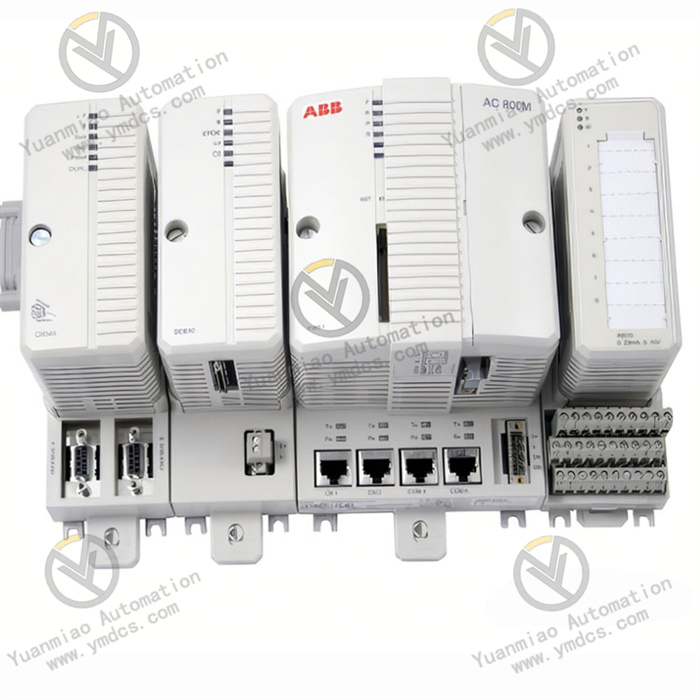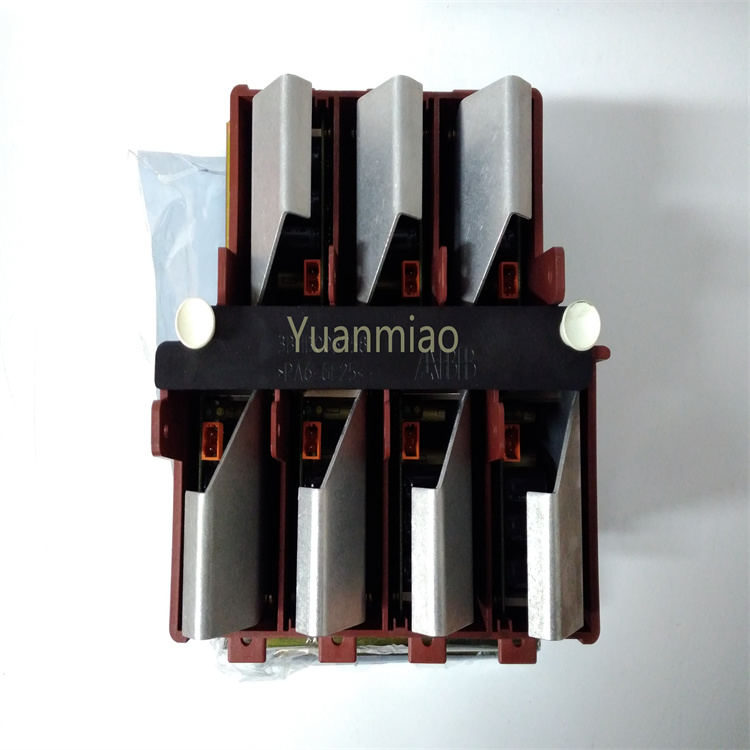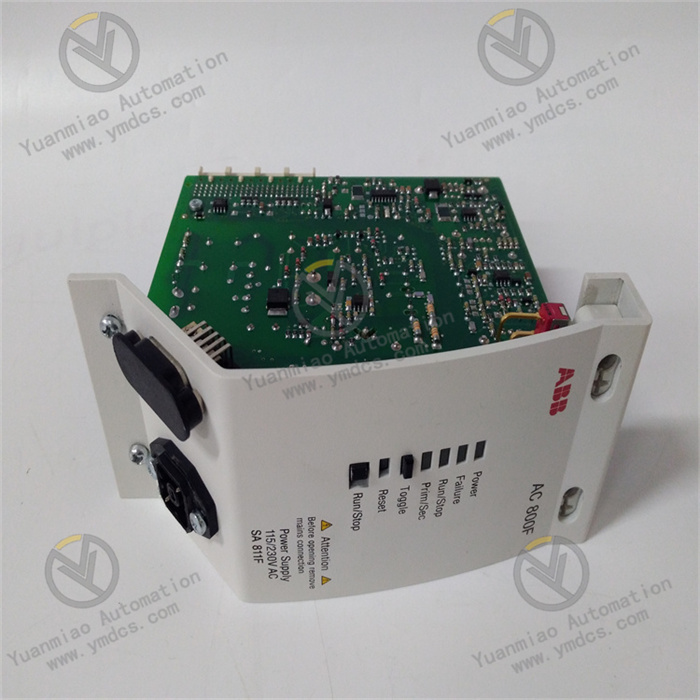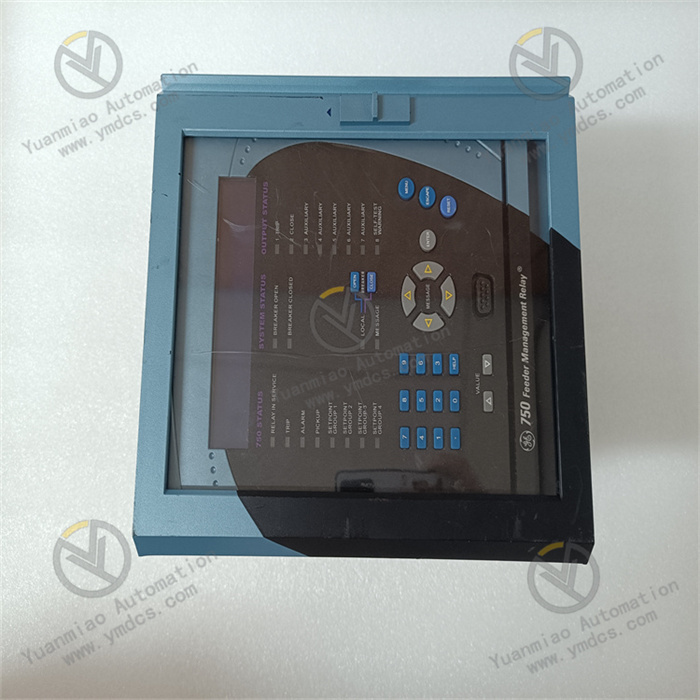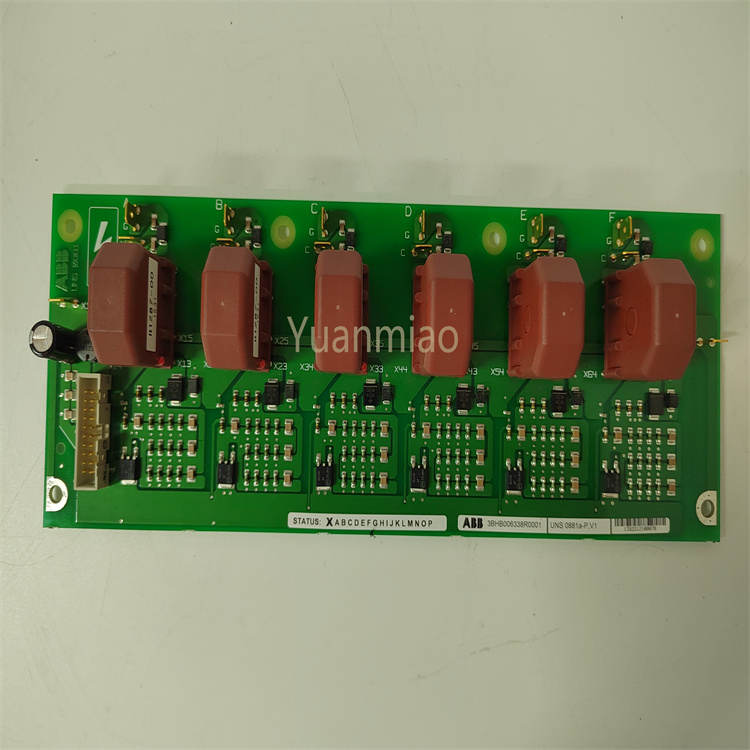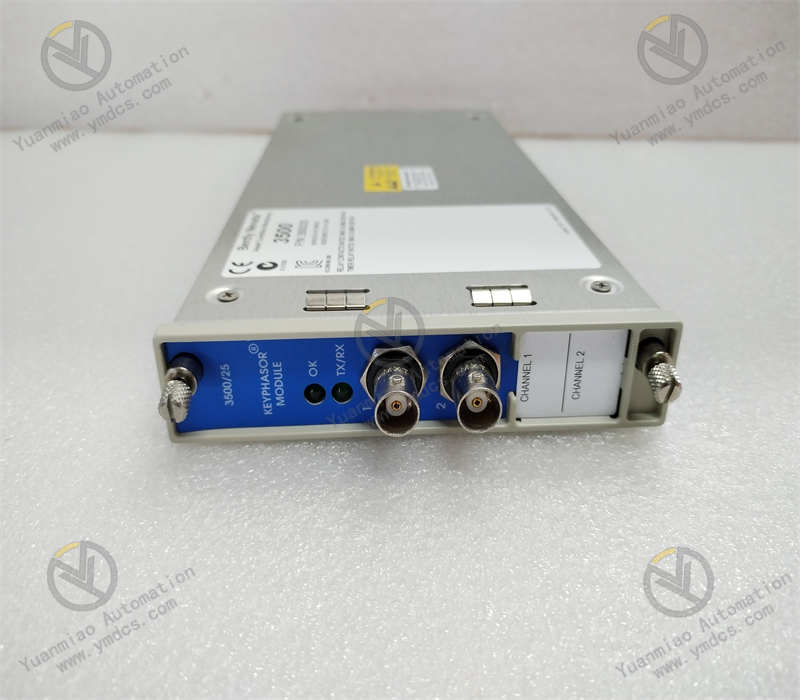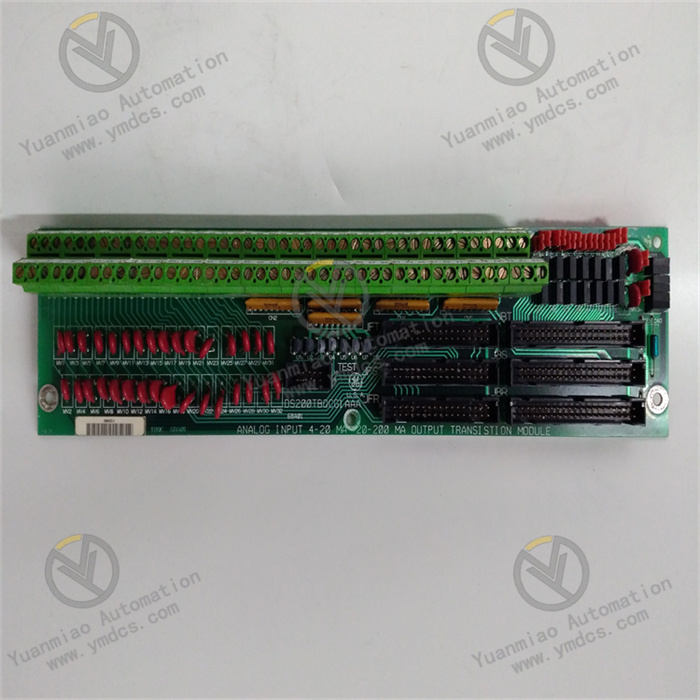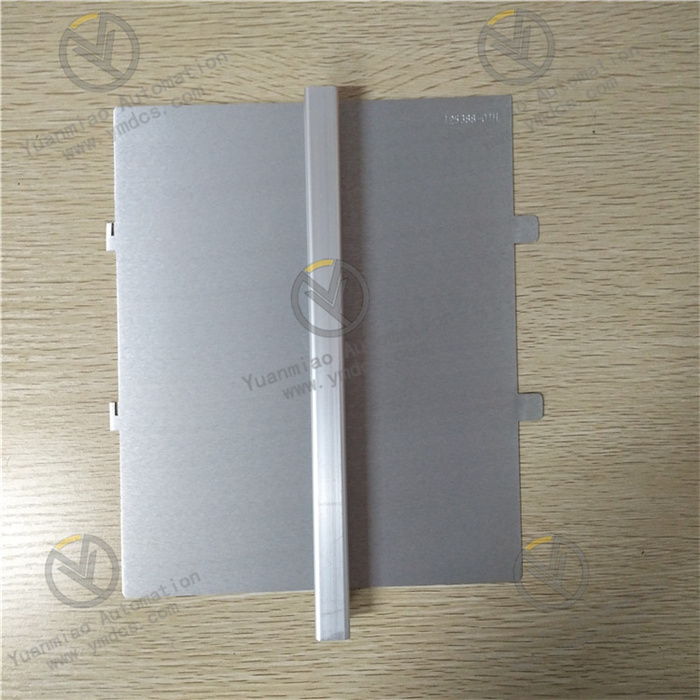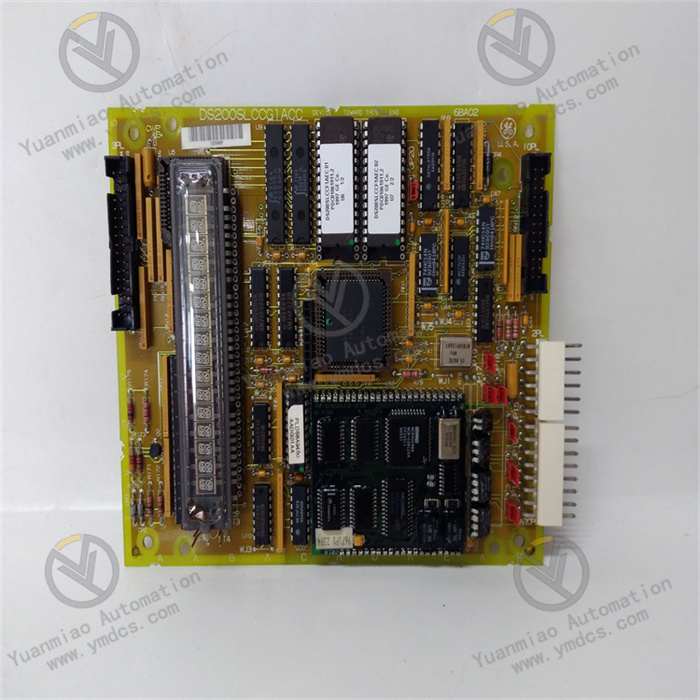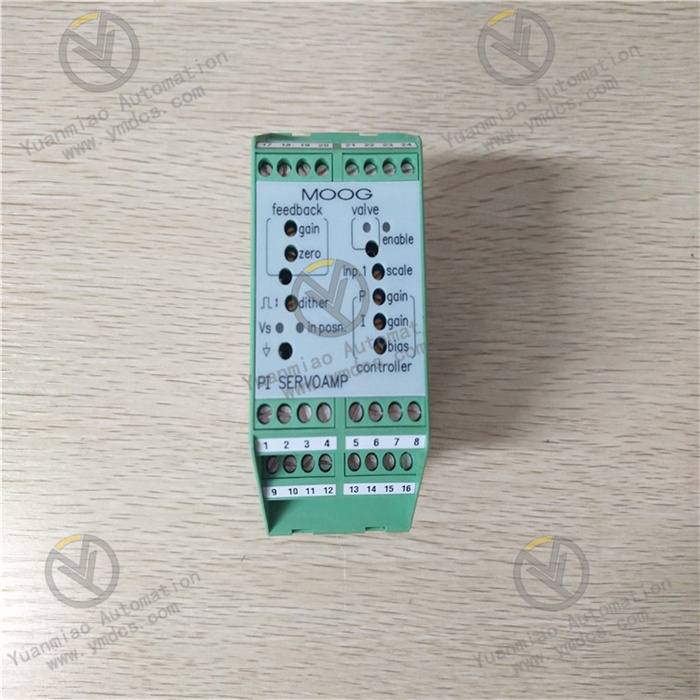Description
ABB 5SHX0845F0001 3BHL000385P0101 is a high-voltage and high-power power electronic device, mainly applied in fields such as High-Voltage Direct Current (HVDC) transmission, Flexible Alternating Current Transmission System (FACTS), and large industrial motor drives. In HVDC transmission, it can achieve efficient conversion and transmission of electrical energy, and control the on-off and direction of the current; in the FACTS system, it can be used to adjust parameters such as the voltage and power factor of the power system, improving the stability and reliability of the power system.
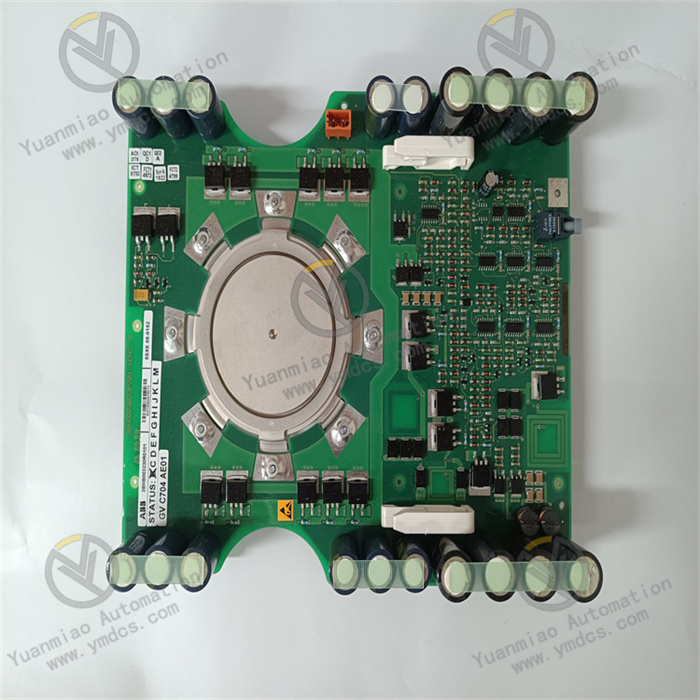
Its working principle is based on the basic characteristics of thyristors: 1. Basic Structure and Principle Foundation: A thyristor is essentially a four-layer, three-terminal semiconductor device, composed of four layers of semiconductor materials (P-type and N-type semiconductors arranged alternately), forming three PN junctions. ABB 5SHX0845F0001 also has such a basic structure, with three electrodes: the anode (A), the cathode (K), and the gate (G). 2. Blocking States (Forward Blocking and Reverse Blocking): Forward Blocking: When the anode is connected to the positive pole of the power supply and the cathode is connected to the negative pole of the power supply (that is, a forward voltage is applied), but no trigger signal is applied to the gate, the thyristor is in the forward blocking state. At this time, the internal PN junction forms a blocking layer, preventing the current from flowing from the anode to the cathode. The thyristor is equivalent to an open switch, and only a very small leakage current passes through. Reverse Blocking: When the anode is connected to the negative pole of the power supply and the cathode is connected to the positive pole of the power supply (a reverse voltage is applied), regardless of whether there is a trigger signal at the gate, the thyristor is in the reverse blocking state. Similarly, only a very small reverse leakage current exists, and the current cannot flow from the cathode to the anode. 3. Triggered Conduction: When a forward voltage is applied between the anode and the cathode, and an appropriate forward trigger voltage (current) is also applied between the gate and the cathode, the electrons and holes inside the thyristor are excited, breaking the original blocking state. The electric field generated by the gate trigger current will prompt more carriers (electrons and holes) to be injected into the thyristor, causing the internal PN junction of the thyristor to lose its blocking ability. Thus, the thyristor conducts, and the current can smoothly flow from the anode to the cathode. At this time, the thyristor is like a closed switch, allowing a large current to pass through. 4. Conduction Maintenance: Once the thyristor is conducting, even if the gate trigger signal is removed, as long as the forward voltage between the anode and the cathode continues to exist, the thyristor will continue to maintain the conducting state. This is because in the conducting state, the carrier movement inside the thyristor has formed a self-sustaining current path, and no gate signal is required to maintain the conduction. 5. Turn-off Conditions: To turn off a conducting thyristor, the anode current must be reduced below a critical value (called the holding current), or the voltage between the anode and the cathode must be reduced to zero or become a reverse voltage. When the anode current is reduced below the holding current, the number of carriers inside the thyristor is insufficient to maintain the conducting state, and the thyristor will return to the blocking state.
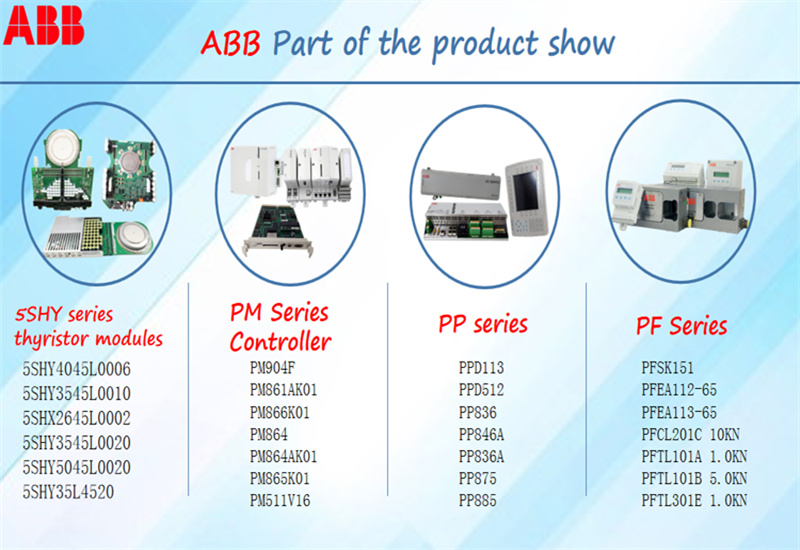
Technical Characteristics:
High Voltage Withstand Capacity: It can withstand a very high voltage, meeting the requirements of high-voltage power systems, and can operate stably in a voltage environment of thousands of volts or even higher.
High Current Handling Capacity: It has a strong current handling capacity and can pass a relatively large current, being suitable for scenarios of high-power electrical energy transmission and conversion.
Fast Switching Speed: It has a relatively fast switching speed, can quickly respond to control signals, achieve precise control of the current, and improve the dynamic performance of the system.
High Reliability: Adopting advanced manufacturing processes and materials, and going through strict testing and quality control, it has high reliability and stability and can operate for a long time in harsh industrial environments.
Specification Parameters: Rated Voltage: It can reach thousands of volts (the specific value is determined according to the actual product specifications). Rated Current: It can handle a current of hundreds of amperes or even higher (depending on the actual product). Trigger Characteristics: It has specific requirements for trigger voltage and current to ensure that the thyristor can conduct and turn off accurately and reliably. Operating Temperature Range: It can usually work normally within a certain temperature range, for example, around -40°C to 85°C (there may be differences for different products).
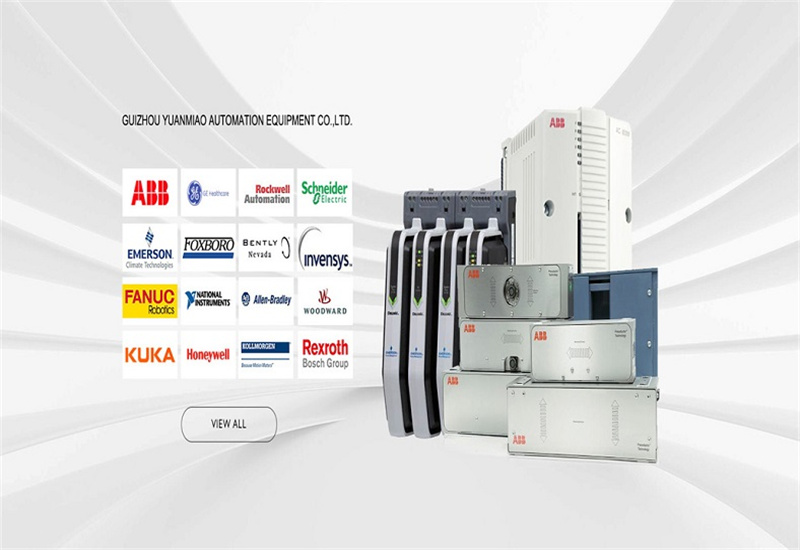
Product Advantages:
Improving Power Transmission Efficiency: In applications such as HVDC transmission, it can effectively reduce the losses during the electrical energy transmission process and improve the power transmission efficiency.
Enhancing System Stability: When used in systems such as FACTS, it can quickly adjust the parameters of the power system, enhance the system stability, and reduce problems such as voltage fluctuations and power oscillations.
Adapting to Complex Working Conditions: With its high reliability and powerful performance, it can adapt to various complex industrial working conditions and environmental conditions, providing reliable power support for industrial production.


